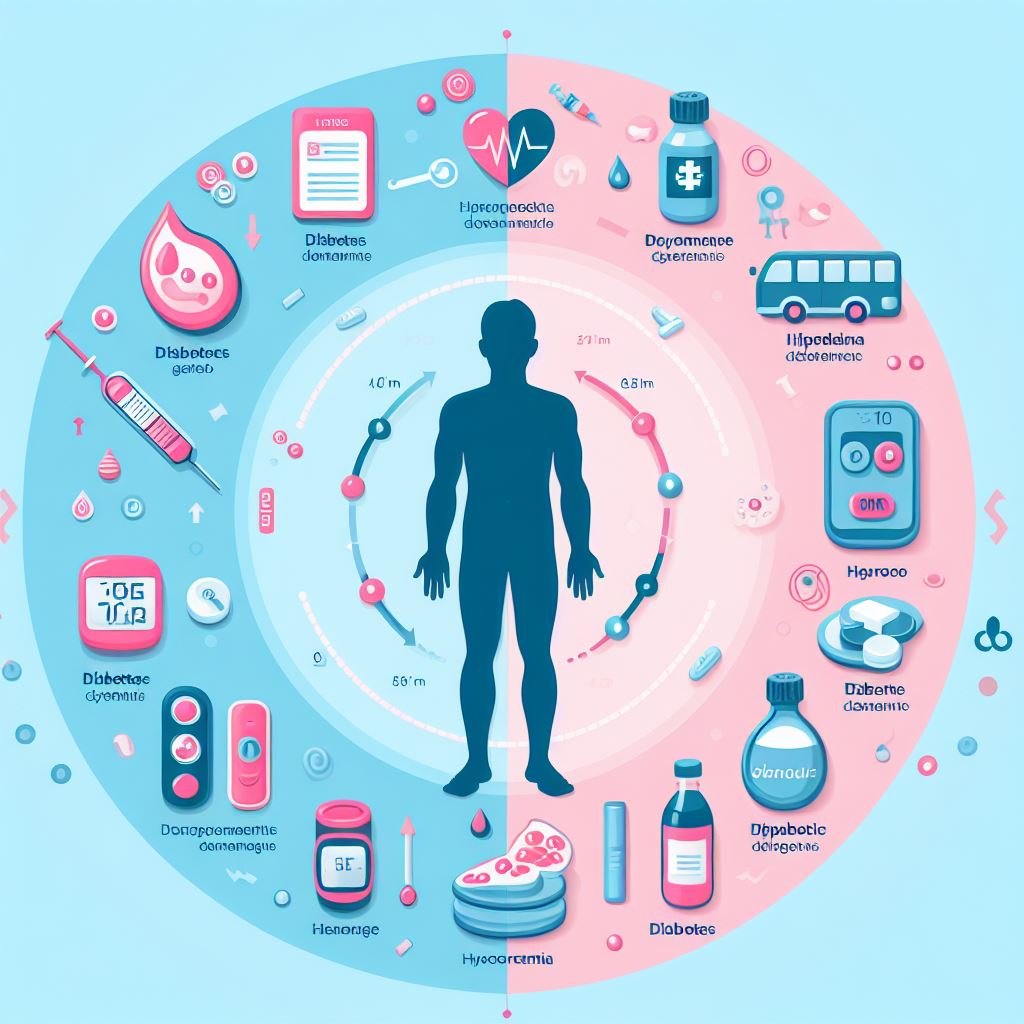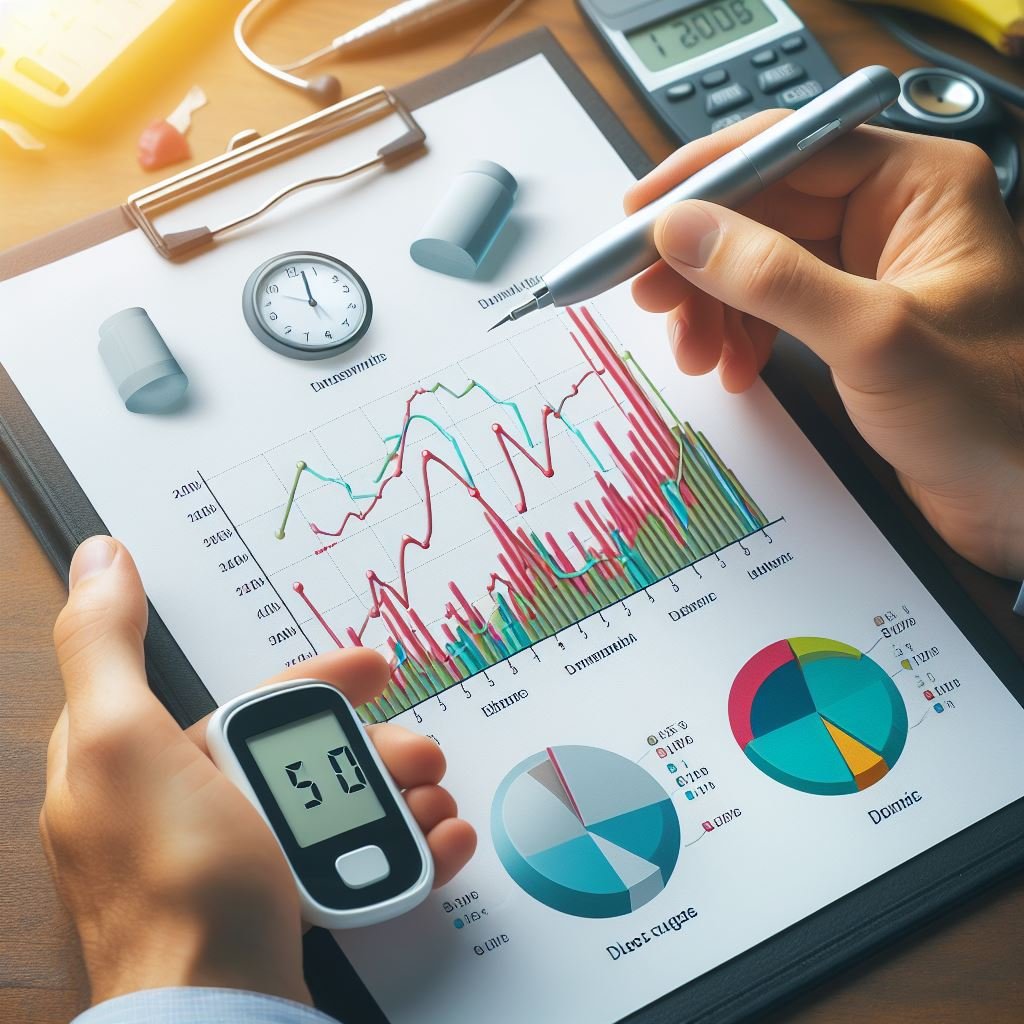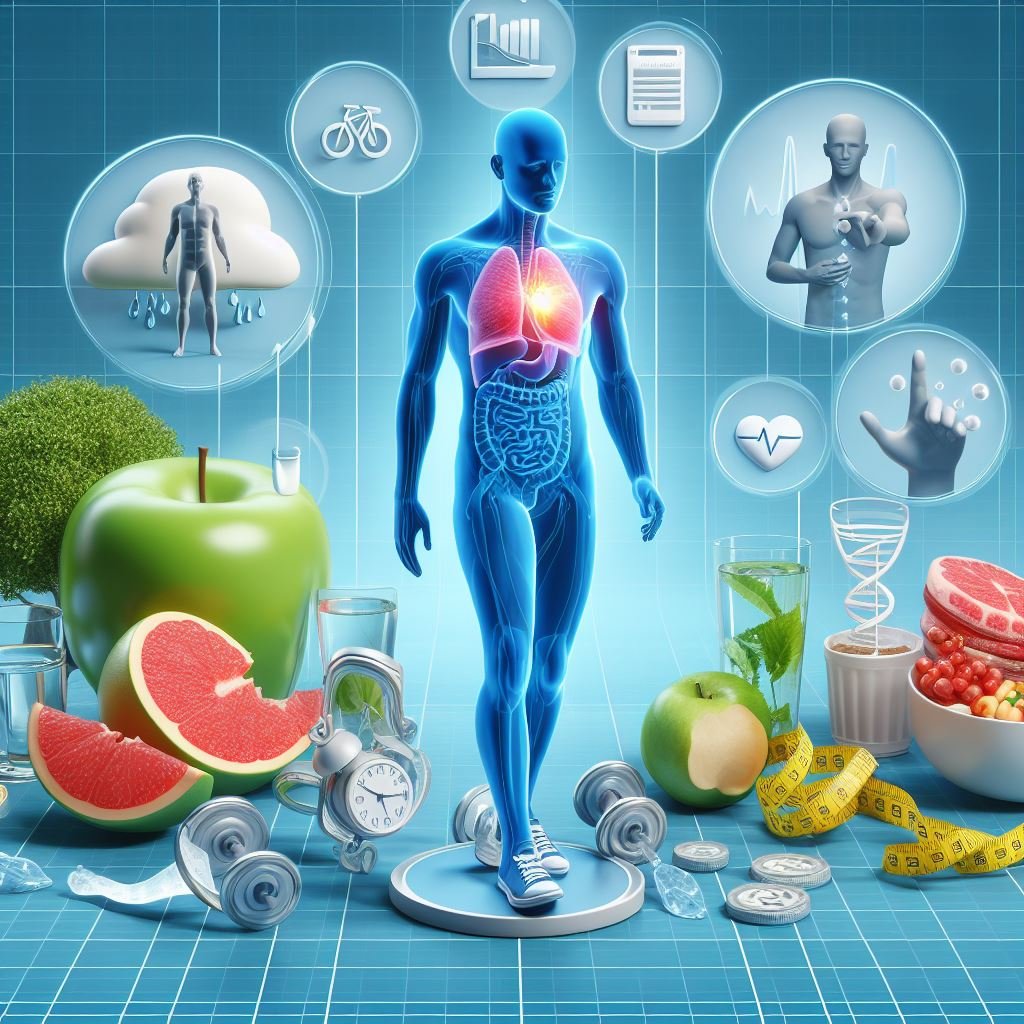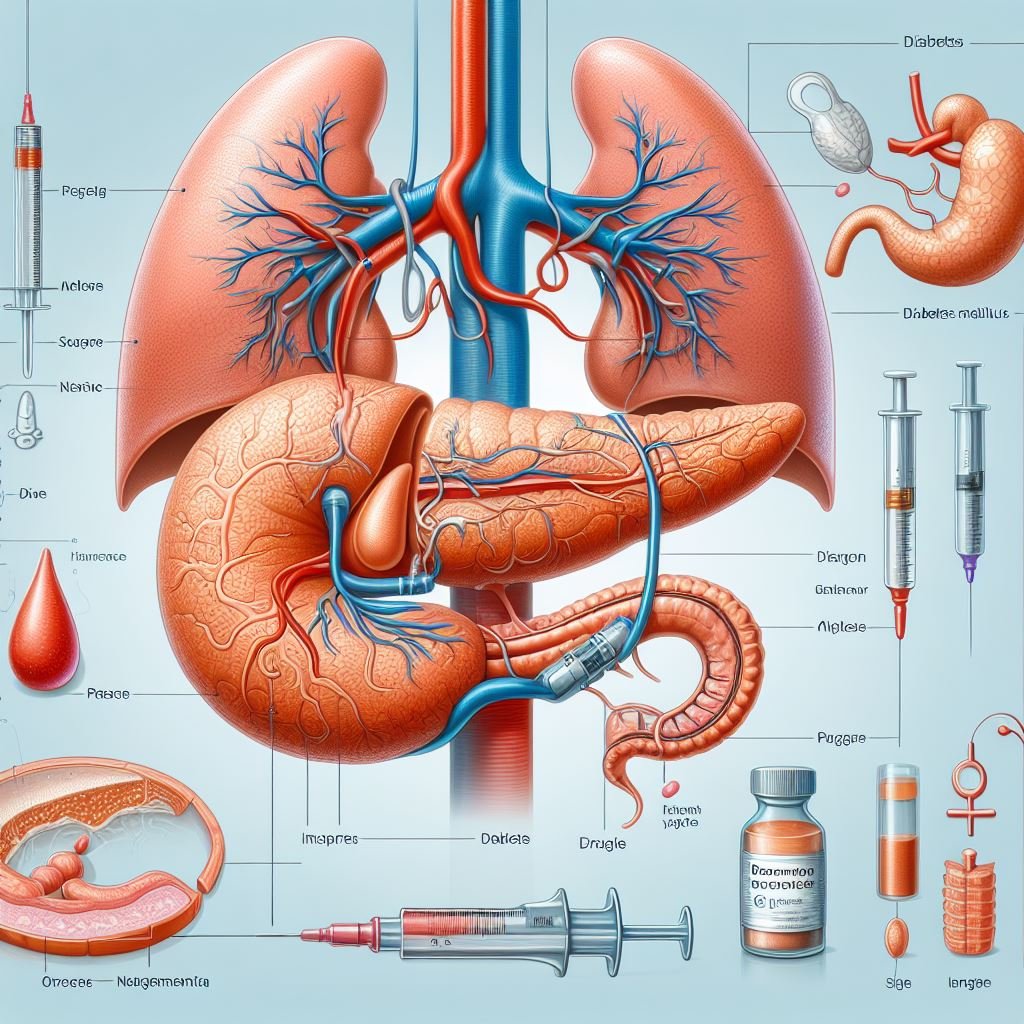Introduction:

Diabetes mellitus and hyperglycemia are two terms commonly associated with high blood sugar levels. While they may seem similar, it is important to understand the differences between these conditions. In this blog post, we will explore the distinctions between diabetes mellitus and hyperglycemia, their causes, symptoms, and management.
Understanding Diabetes Mellitus:
Diabetes mellitus is a chronic metabolic disorder characterized by elevated blood glucose levels due to impaired insulin production or utilization. Insulin is a hormone produced by the pancreas that regulates the uptake of glucose into cells for energy production. There are three main types of diabetes mellitus:
1. Type 1 diabetes: This autoimmune condition occurs when the immune system mistakenly attacks and destroys insulin-producing cells in the pancreas. Individuals with type 1 diabetes require lifelong insulin therapy.
2. Type 2 diabetes: The most common form of diabetes, type 2 diabetes develops when the body becomes resistant to insulin or doesn’t produce enough insulin to maintain normal blood sugar levels. It is often associated with obesity, a sedentary lifestyle, genetic factors, and poor dietary choices.
3. Gestational diabetes: This temporary form of diabetes occurs during pregnancy when hormonal changes interfere with insulin function. It usually resolves after childbirth but increases the risk of developing type 2 diabetes later in life.
Hyperglycemia Explained:
Hyperglycemia refers to high blood glucose levels regardless of whether an individual has been diagnosed with diabetes or not. It can be caused by various factors such as excessive carbohydrate intake, lack of physical activity, stress, certain medications (e.g., corticosteroids), infections, or hormonal imbalances.
Symptoms of Diabetes Mellitus vs. Hyperglycemia:
While both conditions involve high blood sugar levels, there are some variations in their symptoms:
1. Symptoms of Diabetes Mellitus: Frequent urination, excessive thirst, unexplained weight loss, increased hunger, fatigue, blurred vision, slow wound healing, and recurrent infections.
2. Symptoms of Hyperglycemia: Increased thirst and urination, dry mouth, blurred vision, fatigue, headache, fruity breath odor (ketones), abdominal pain or discomfort.
Management Strategies:

– Monitoring blood sugar levels regularly using a glucometer.
– Following a balanced diet rich in fiber, whole grains, lean proteins, and healthy fats.
– Engaging in regular physical activity to improve insulin sensitivity.
– Taking prescribed medications as directed by healthcare professionals (insulin injections or oral hypoglycemic agents).
– Regular check-ups with healthcare providers for ongoing monitoring and management.
2. Hyperglycemia Management:

– Increasing fluid intake to stay hydrated. – Adjusting carbohydrate intake to maintain stable blood sugar levels.
– Engaging in physical activity if feasible (consult a healthcare provider if unsure).
– Avoiding high-sugar foods and beverages. – Seeking medical attention if symptoms worsen or persist.
In conclusion, while both diabetes mellitus and hyperglycemia involve elevated blood glucose levels, they differ in terms of cause and management strategies. Diabetes mellitus refers to chronic metabolic disorders requiring lifelong management with medications like insulin. On the other hand, hyperglycemia can occur in individuals without diabetes due to various factors but can still be managed through dietary modifications and lifestyle changes. If you experience persistent high blood sugar symptoms or concerns about your health, it is essential to consult with a healthcare professional for an accurate diagnosis and appropriate treatment plan.
Quote:
“It’s important to understand that hyperglycemia is not exclusive to people diagnosed with diabetes. Anyone can experience high blood sugar levels due to various causes.” – Dr. John Smith
Citations:
1. American Diabetes Association. (2020). Classification and diagnosis of diabetes: Standards of Medical Care in Diabetes-2020. Diabetes Care, 43(Supplement 1), S14-S31.
2. Mayo Clinic Staff. (2021). Hyperglycemia in diabetes. Mayo Clinic. Retrieved from https://www.mayoclinic.org/diseases-conditions/hyperglycemia/symptoms-causes/syc-20373631

